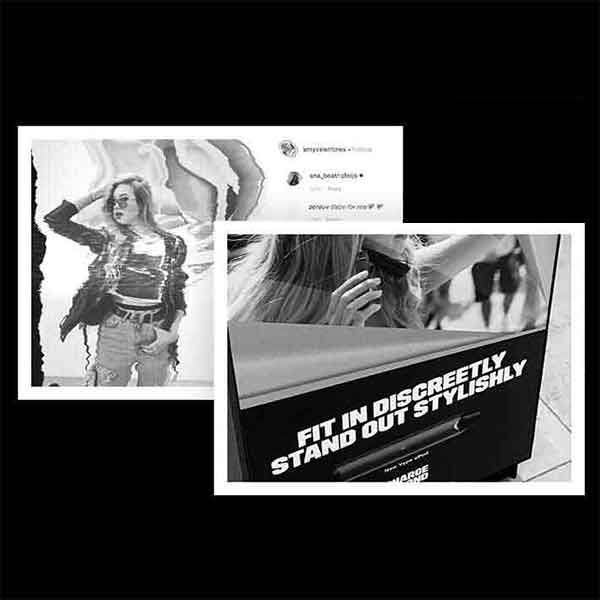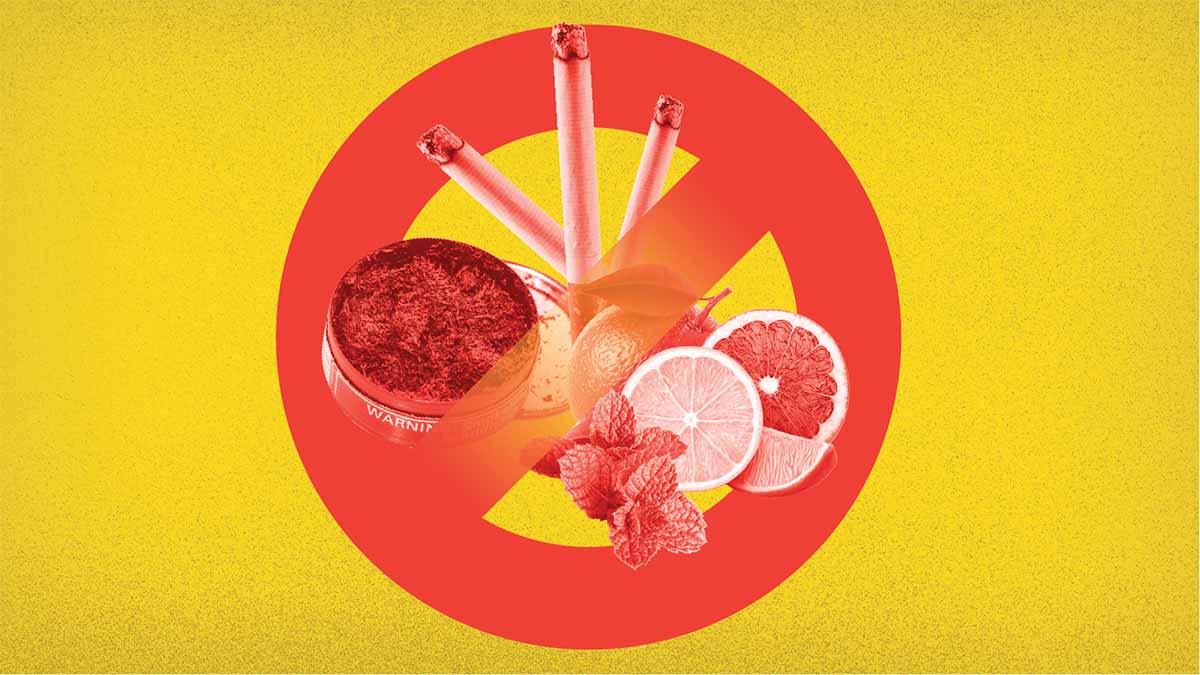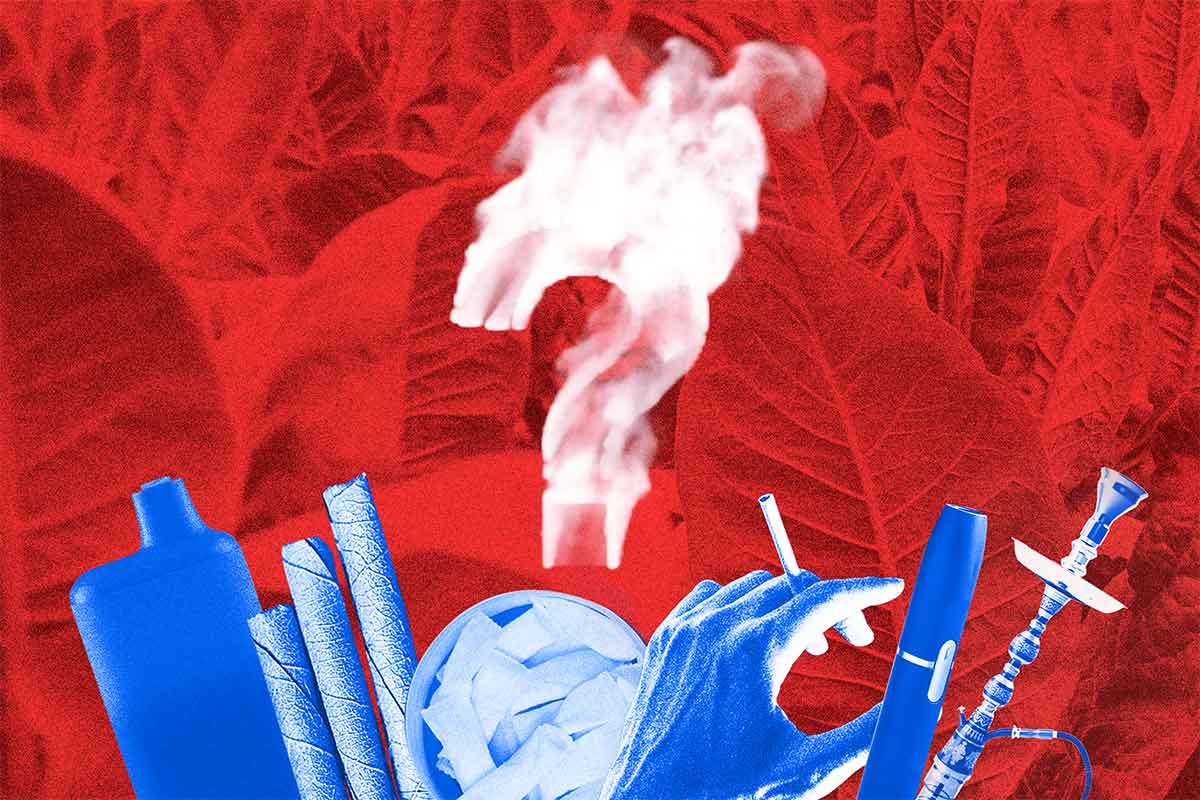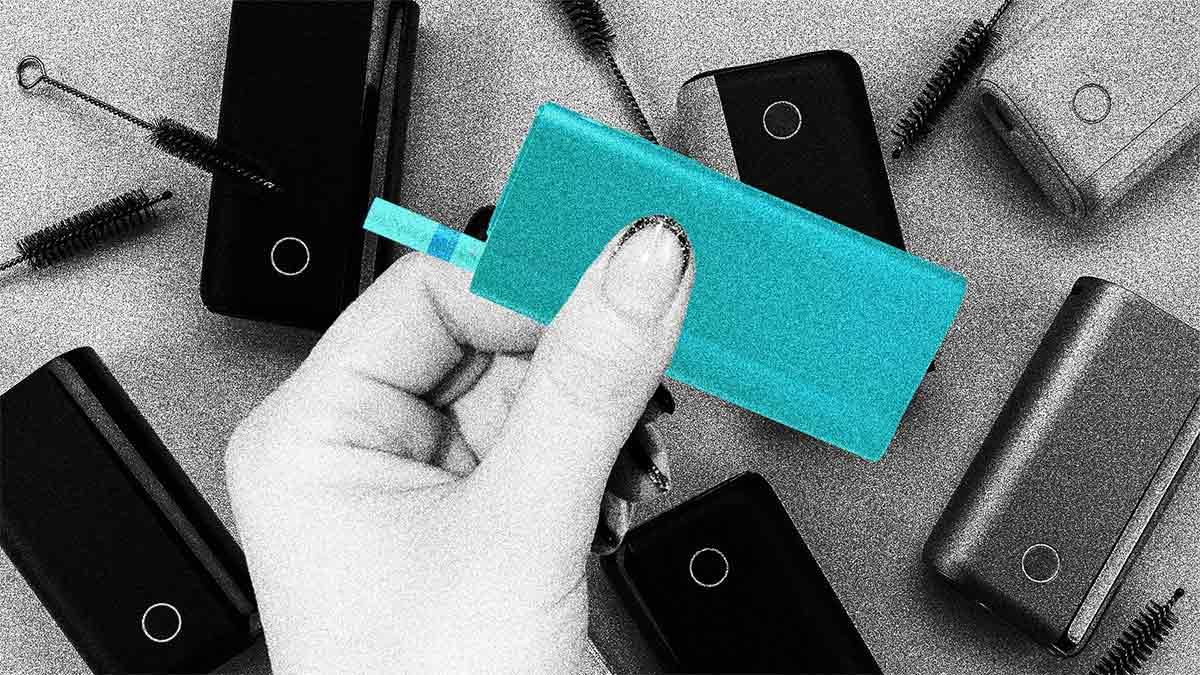- Resources
- News
-
-
Get Email Updates
Sign up for STOP's emails and never miss an update on our latest work and the tobacco industry's activity.
-
Get Funding
Ready to tackle industry interference? You could be eligible for a grant.
-
Share a Tip
Do you have information on tobacco industry misconduct in your country? Let us know.
-
Get Email Updates
Next Generation Addiction
August 14, 2025
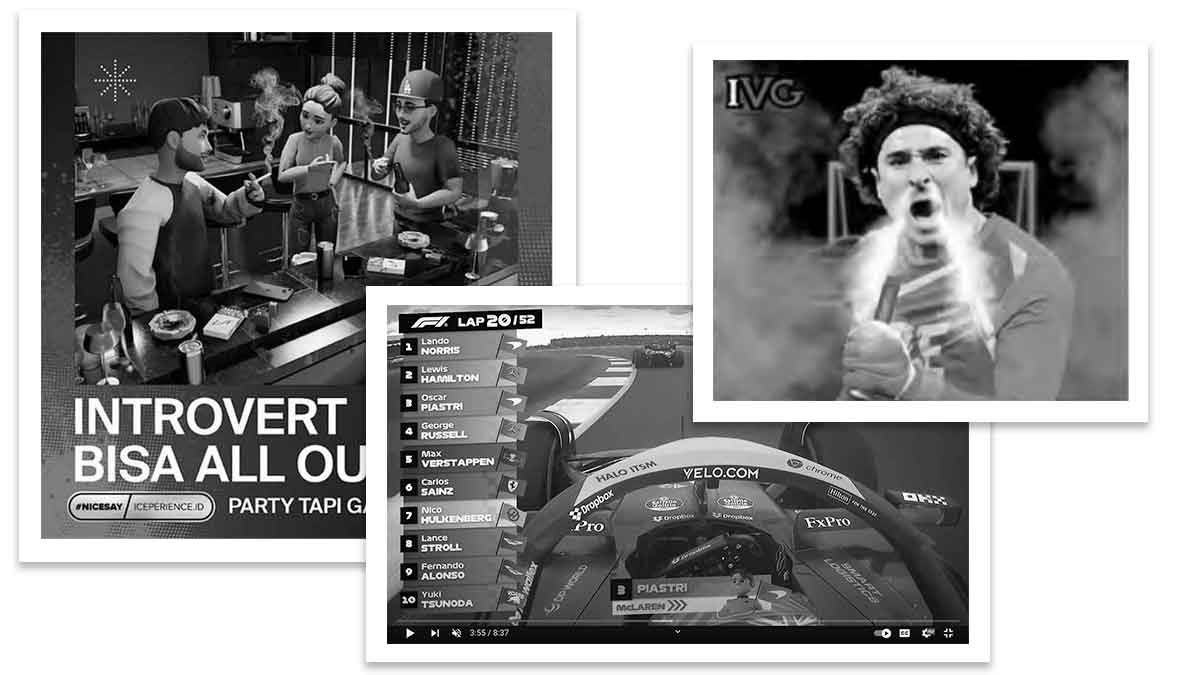
In 2020, we wrote about 10 ways the tobacco industry targets youth. In the five years since, the industry has doubled down and is finding more creative ways to reach young people, especially in low- and middle-income countries. In many places, youth tobacco use remains high and nicotine product use is growing. This is no accident.
The tobacco industry says it’s changing for the better, but it can’t shake its core problem: Its products sicken, disable or kill its customers. If it doesn’t replace the ones who quit or who have died, profits will fall.
Over the past five years, the industry has accelerated its use of new methods—and new takes on old methods—to hook young people and protect its profits.
Here are just some of the most notable ways Big Tobacco has targeted and advertised to youth around the world in the past five years.
1. The industry went deeper in digital marketing in Indonesia (and beyond).
While the tobacco industry continued targeting youth online via social media and influencers, a 2023 report from Canary (formerly known as TERM) showed the industry was creeping into new corners of the internet to reach young people. Specifically, researchers highlighted the industry’s foray into the metaverse, a virtual reality environment, where it used its tactic of associating its products with popular music to get young people’s attention. In one instance, Djarum, one of Indonesia’s largest cigarette companies, posted images on Instagram of metaverse avatars smoking Djarum L.A. Ice cigarettes to promote a concert happening in the metaverse.
2. The industry put flavors in the forefront in Latin America.
The industry knows that flavors are more popular with young people, which is why it continues producing flavored tobacco and nicotine products, tries to fight flavor bans and introduces new products to get around flavor bans. A 2024 investigation detailed the rising popularity of Philip Morris International (PMI)’s and British American Tobacco (BAT)’s new “click” cigarettes in Latin America. Users crush a capsule in the filter that releases a flavor such as blueberry, apple or mint. A flavor ban in Chile, which has the region’s highest rate of tobacco use, has been stalled since 2021, when BAT publicly opposed it.
3. The industry promoted e-cigarettes and nicotine pouches to young people all over the world through Formula 1 sponsorship.
In 2020, STOP called for F1 to ban tobacco sponsorship to protect the global motorsport’s youngest fans from exposure to tobacco and nicotine advertising. Since then, BAT has continued to reach F1’s young audience through its McLaren team sponsorship and doubled down on promoting its connection with F1, especially on social media. As part of its estimated US $30 million dollar deal in 2024, BAT got to put logos for its e-cigarette and nicotine pouch brands on McLaren cars and livery. These were seen by young people at races and on broadcasts all over the world—and by the sport’s youngest fans on F1 Kids, a special child-focused race broadcast which aired three races that showed BAT branding in 2024.
4. The industry collaborated with designers and musicians on limited edition heated tobacco products.
Big Tobacco has targeted young people with special “limited edition” cigarette packs. Now, it’s extending that tactic to its heated tobacco products (HTPs). In 2025, Japan Tobacco International launched the “Ploom Design House” collection in the Philippines, featuring six limited edition designs by “global creatives.” In Korea, the company introduced “Ploom X Advanced Limited Edition Ora Ito Red,” in collaboration with French designer Ora Ito. And PMI recently partnered with DJ Steve Aoki on “exclusive” limited edition IQOS devices and even limited edition jackets, made in part from recycled tobacco sticks.

The youngest generation will always be the industry’s prime target, and governments have a responsibility to protect them.
5. The industry sponsored initiatives and awards aimed at students.
Tobacco companies have continued their sponsorship of education-related initiatives. These sponsorships expose youth to their branding and associate their companies with innovation and design, instead of the health, social and environmental harms they cause. Most recently, in 2025, Imperial Brands sponsored the “Healthier Future Award” at London’s New Designers graduate showcase. In addition to a cash prize, student winners were offered a tour of Imperial’s “Innovation Centre” and a guest spot on the company’s podcast. In 2024, BAT reintroduced its Battle of the Minds competition, geared at current university students and recent graduates, where contestants can win cash or “an opportunity to work with BAT.”
While the industry has intensified its efforts to target youth, there has also been great progress in efforts to protect the next generation. As a result of successful tobacco control measures, youth tobacco use has declined in many countries. But that means the industry may be more motivated than ever to design and market products that appeal to young people.
Young people have the power to fight back. Around the world, young advocates and other youth have formed groups to mobilize against the tobacco industry and publicly demand change. Governments must support and amplify their messages.
The youngest generation will always be the industry’s prime target, and governments have a responsibility to protect them. Banning flavors and tobacco advertising, promotion and sponsorship, raising tobacco taxes and refusing to work with the industry are some of the strongest measures policymakers can take. The industry won’t stop on its own. Now is the time to take action.
